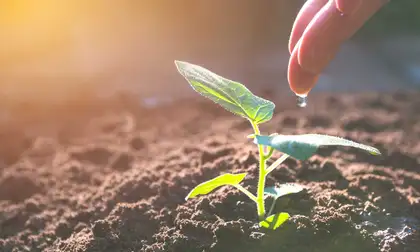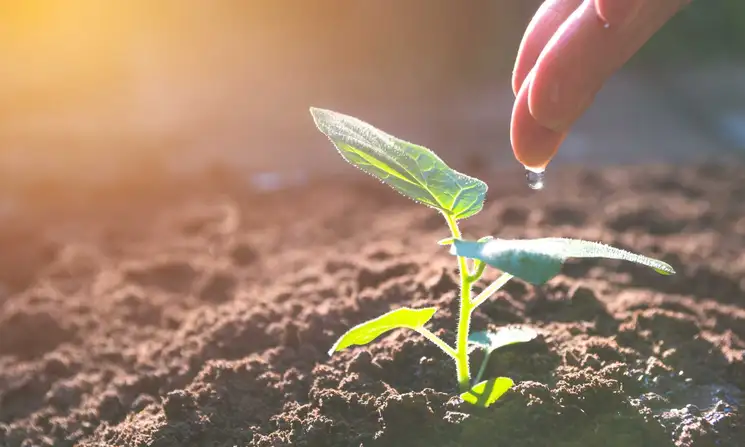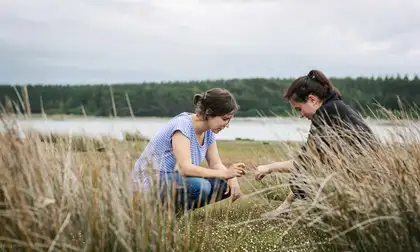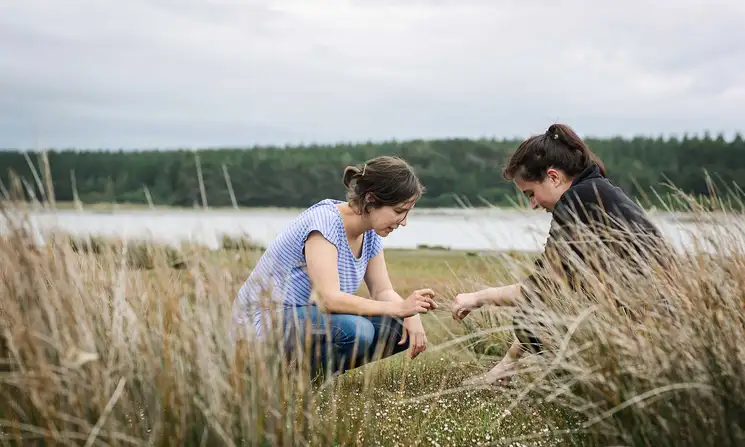Although the disease-causing capabilities of microorganisms are often in focus, there are numerous positive functions that microbes perform, and the scope for their use in creating a more sustainable world is vast.
Professor Yusuf Chisti from Te Kura Rangahau Kai School of Food and Advanced Technology is using microorganisms in a plethora of ways, from producing foods and nutrients, to improving the sustainability of aquaculture and agriculture and generating renewable energy.
One example involves vitamin B12, which is essential for red blood cell production, brain function and general health. Deficiencies lead to a range of health issues such as anaemia, low energy, poor memory and nerve damage. Vitamin B12 is not usually found in plant-based foods and is primarily gained through eating meat, fish, eggs and milk products. ‘A lot of people don’t eat meat, and production of it is less sustainable compared to the production of vegetables,’ says Professor Chisti. ‘We are working to produce vegetable-based foods that are enriched with vitamin B12 produced naturally by microbial action.’ As an example of this, he names the fermentation of fruit as a source of the vitamin.
Using microbial action to produce sustainable products
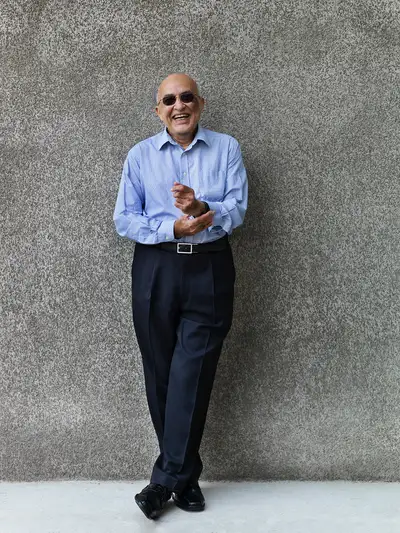
Professor Yusuf Chisti, Te Kura Rangahau Kai School of Food and Advanced Technology
Dr Chisti is also working to enrich foods with other nutrients, such as the fatty acids DHA, necessary for the development of the human brain, and EPA, essential for cardiovascular health. ‘We produce these metabolites using microalgae, and the metabolites can then be extracted and added to food, or the algae can be directly incorporated in foods to provide these metabolites,’ he explains.
In another area of research, Professor Chisti is working to enhance the sustainability of aquaculture. Fish and other seafood are generally considered a healthier option than other meat products, as they are a leaner source of protein and other nutrients like omega-3 fatty acids. Demand for seafood has increased to the point where consumption is now higher than that of beef. However, according to the United Nations, a third of fish populations are overfished and 60 per cent are fished to the limit of their sustainability.
A potential solution to this lies in aquaculture, which has become so widespread that the world now produces more seafood from aquaculture than from the wild. And yet seafood farming is not without its own sustainability issues. ‘The fish and shrimp that we grow with aquaculture are themselves fed on cheap, low-value fish like sardines that are caught in the sea,’ says Professor Chisti. ‘They are converted to fishmeal and fish oil, and then this is fed to the aquaculture species that are grown. This practice is not sustainable.’ As an alternative, he says, ‘We are growing microorganisms that are able to produce the same kinds of oils that you could normally find in wild-caught fish and the proteins you’d find in fishmeal, and then we use these microorganisms to produce aquaculture feed that no longer depends on catching fish or other seafood from the wild.’
Professor Chisti is also addressing agricultural fertilisers. ‘The main fertiliser that we use is nitrogen-based and produced by chemical processes. Production is extremely energy-intensive, with around 2 per cent of the global consumption of energy going into nitrogen fertilisers, ureas and ammonias.’ His solution lies in using microbes to make a bacterial biomass: ‘We are using nitrogen-fixing bacteria to take nitrogen from the atmosphere and convert it to a form that can be used as an alternative source of nitrogen for crops.’
Another of his targets is the pollution of waterways by farm wastewater. ‘We use nitrogen fertilisers for fertilising crops, and rain washes nitrogen and phosphorus from these into rivers, lakes and seas,’ says Professor Chisti, whose solution is to use ‘microalgae to absorb nitrogen and phosphorus from wastewater. We intercept the water before it goes into the lake or the river and we inoculate it with algae. The algae absorb the nutrients from the water, and then we filter out the algae.’ As a side benefit, the algae can potentially be added to animal feed.
Finally, Professor Chisti is also working on the production of biofuels using microorganisms. One way is to use photosynthetic algae to capture the sun’s energy and carbon dioxide from the atmosphere. ‘We grow the algae and they accumulate oils within them. These are then extracted and converted to either biodiesel or some other fuel.’
Another form of clean energy is bioethanol, which is usually obtained from sugarcane. Although more sustainable than fossil fuels, its method of production still involves taking a material that would otherwise be used to feed humans or animals and diverting it to supply fuel. Instead, Professor Chisti is growing microorganisms that produce bioethanol from atmospheric nitrogen and glucose from agricultural by-products, such as the straw residue from rice or wheat harvests. ‘This material contains cellulose that we extract in a chemical and enzymatic process. We break down the cellulose to get glucose. We feed this glucose to microorganisms to generate bioethanol.’ He is also exploring ways of using glucose to produce biodegradable plastic. ‘Overall,’ says Professor Chisti, ‘the aim is to use microbial action to produce products sustainably.’

